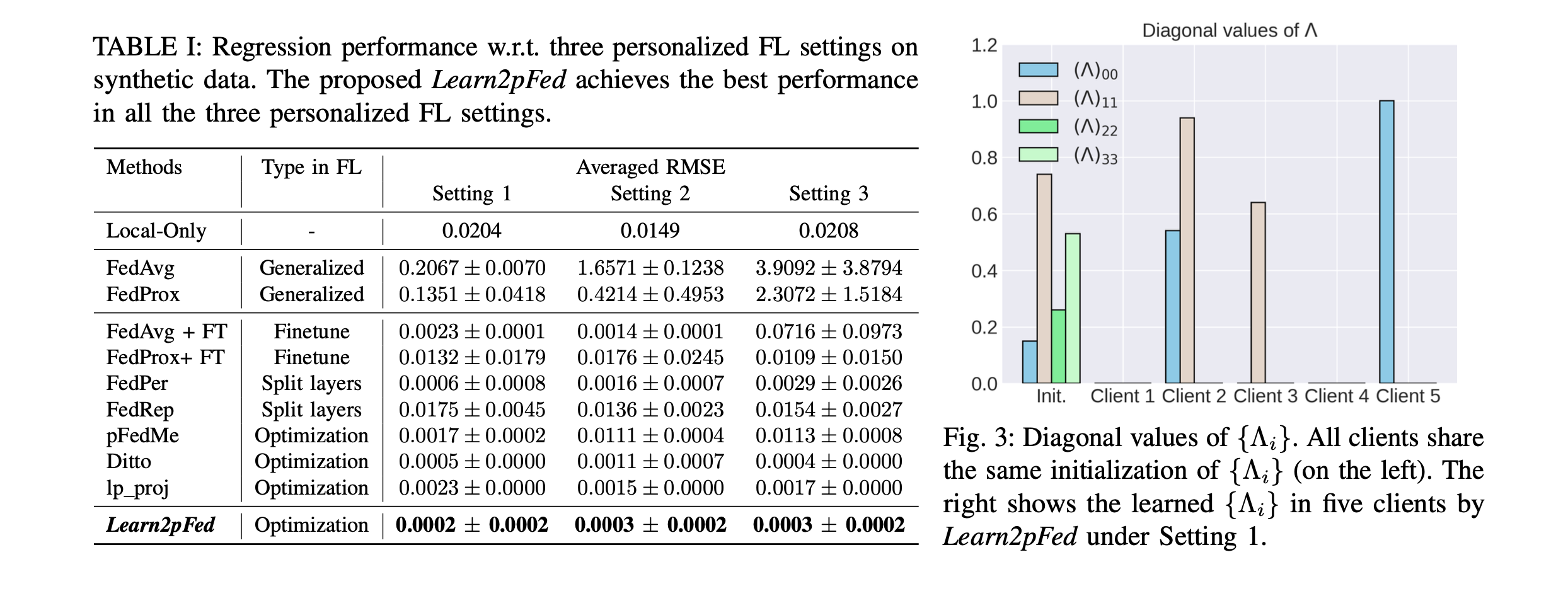Personalized federated learning addresses data heterogeneity across clients in federated learning. However, current methods incorporate either full or predefined partial model parameters, failing to adapt to each client’s unique data characteristics. A recent paper by Lv et al. proposes Learn2pFed, a novel algorithm-unrolling-based framework that enables clients to adaptively select which local model parameters participate in federated collaboration.
The Need for Adaptive Parameter Selection
In personalized federated learning, incorporating full or predefined partial model parameters can lead to suboptimal results. Different clients have different data distributions, so a one-size-fits-all approach may not capture the unique patterns in each client’s data. Learn2pFed addresses this by allowing clients to determine the participation degree of each local model parameter in the federated learning process.
How Learn2pFed Works
Learn2pFed introduces a learnable parameter matrix Λ for each client, indicating the participation degree of each local model parameter in federated collaboration. The framework unrolls the optimization algorithm into layers of a deep network, making these parameters learnable. The key components are:
- Orthogonalization: The server generates orthogonal gradients spanning the same subspace as the original local gradients.
- Optimal Weight Calculation: The server finds optimal weights for the orthogonal gradients, minimizing the norm of their convex hull, yielding a closed-form solution for the common descent direction.
- Adaptive Parameter Selection: Each client learns the participation degree of its local model parameters based on its data characteristics.
By adaptively selecting partial parameters for collaboration, Learn2pFed improves the performance of personalized federated learning models.
Experimental Results
The authors conduct experiments on regression, forecasting, and image classification tasks using synthetic and real-world datasets. Learn2pFed consistently outperforms state-of-the-art personalized federated learning methods across different settings and datasets. Key findings include:
- Learn2pFed achieves lower root mean squared errors (RMSEs) in regression and forecasting tasks compared to baselines.
- In image classification, Learn2pFed surpasses benchmarks in accuracy while reducing communication costs.
- The learned participation degree matrix Λ aligns with expectations based on data characteristics, showing Learn2pFed’s ability to adapt to local data distributions.

Conclusion
Learn2pFed presents a novel approach to personalized federated learning by enabling clients to adaptively select local model parameters for collaboration. Through algorithm unrolling, the framework makes the participation degree of each parameter learnable, allowing clients to better adapt to their unique data characteristics. Experimental results demonstrate Learn2pFed’s superior performance compared to state-of-the-art methods across various tasks and datasets. As personalized federated learning continues to evolve, adaptive partial parameter collaboration, as proposed in Learn2pFed, holds promise for improving model performance while respecting data heterogeneity.